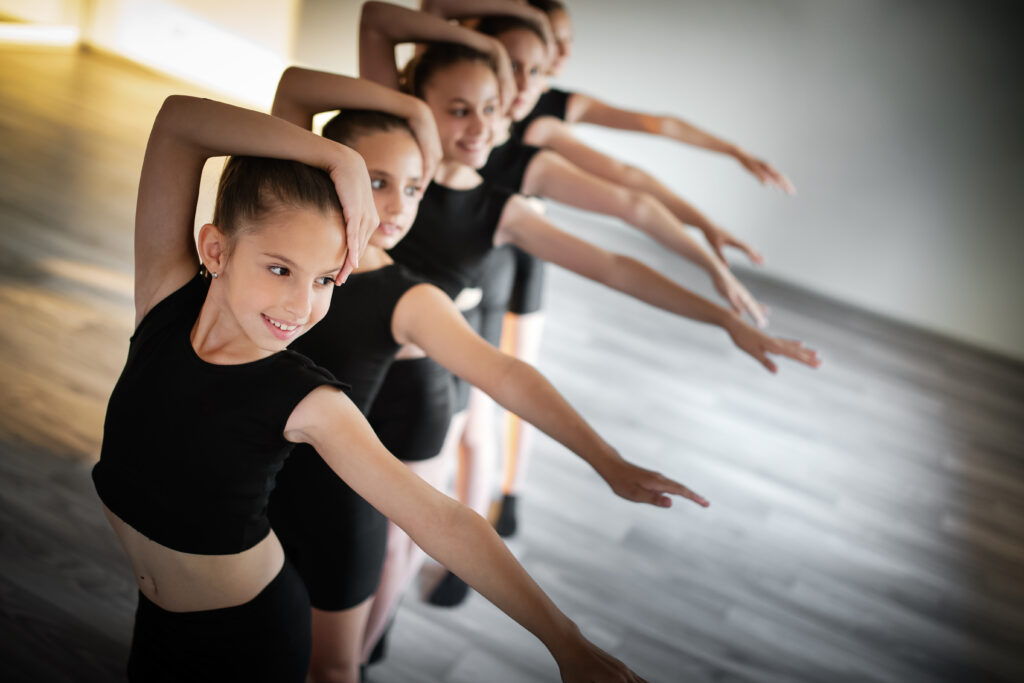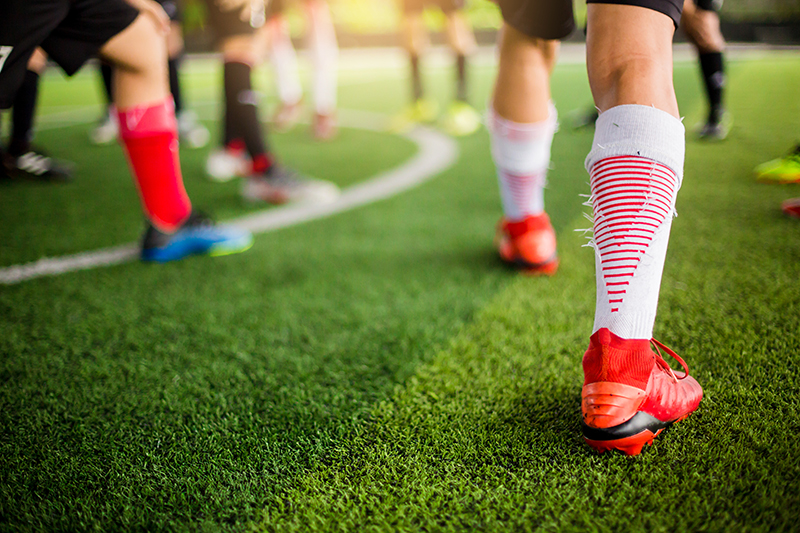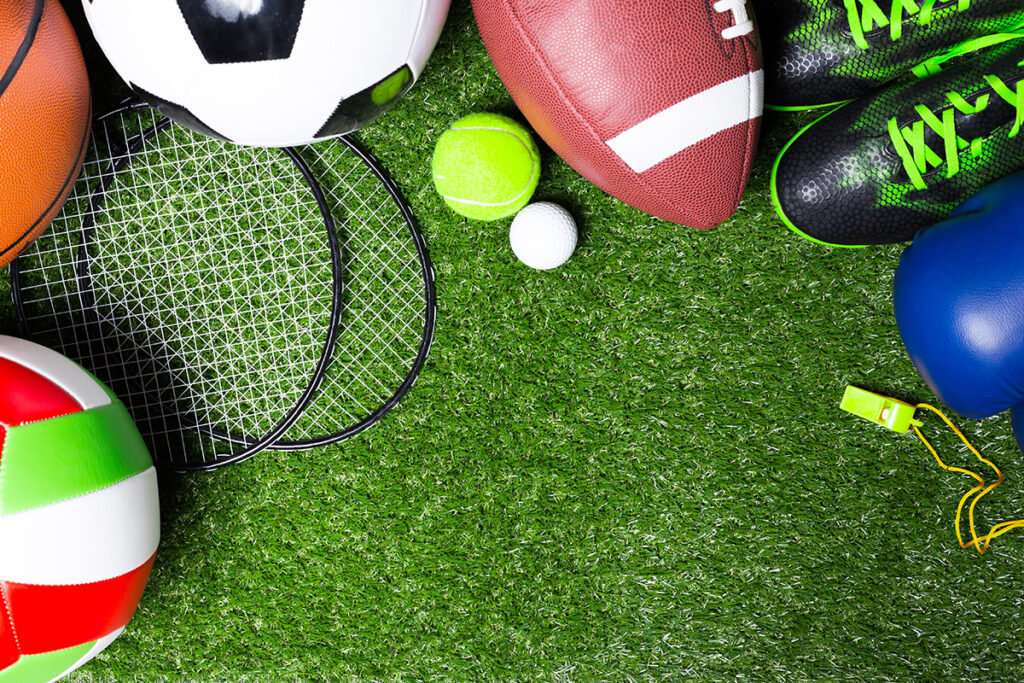Getting ready for the competition dance season involves more than learning the choreography. Young female dancers need a well-rounded approach that supports their body and mind to perform at their best while staying injury-free. From proper warm-ups and injury prevention to nutrition tips and mental health strategies, here’s everything you need to know to set your dancer up for success.
The Importance of Proper Warm-Ups and Stretching
A well-structured warm-up routine is essential for dancers before rehearsals, performances, or competitions. Skipping warm-ups can increase the risk of injuries, including muscle strains and ligament sprains.
Why Warm-Ups Matter
- Prepares muscles and joints for intense movements
- Increases flexibility and reduces stiffness
- Boosts circulation and improves muscle function
- Prevents injuries by ensuring proper alignment and control
- A good warm-up should last at least 15 minutes and include:
- Light Cardio: Jumping jacks, jogging, or dynamic movements to increase heart rate
- Dynamic Stretches: Leg swings, arm circles, and torso twists
– Targeted Exercises: Movements that mimic dance techniques (e.g., pliés and tendus)
Stretching for Injury Prevention
Incorporate both dynamic and static stretching into your dancer’s routine. Dynamic stretching before dancing keeps the body flexible and responsive, while static stretching after practice helps improve long-term flexibility.
Encourage your dancer to listen to their body and never push too hard—overstretching can lead to strains and injuries.
Common Dance Injuries and How to Prevent Them
Dancers often experience overuse injuries due to repetitive motions and long rehearsals. Some of the most common dance-related injuries include:
1. Stress Fractures
- Caused by repetitive impact, especially on hard dance floors.
- Prevention: Strong bones through a balanced diet with calcium and vitamin D.
2. Ankle Sprains
- Often occur from improper landings or sudden movements.
- Prevention: Strengthening exercises and supportive footwear.
3. Tendonitis
- Inflammation of the tendons due to overuse.
- Prevention: Proper warm-ups, rest, and cross-training.
4. Hip and Knee Pain
- Often caused by improper alignment or excessive strain.
- Prevention: Strength training and corrective physical therapy if needed.
By taking care of their body, dancers can prevent injuries and stay on top of their game during competition season.
Building Strength and Endurance for Dance Competitions
Dance is an intense sport that requires a combination of strength, endurance, and flexibility. To stay healthy and reduce the risk of injury, dancers should incorporate:
Strength Training
Building muscle strength helps with injury prevention and performance. Recommended exercises include:
- Bodyweight exercises (squats, lunges, and planks)
- Resistance band training for legs and core
- Balance training to improve stability
Cardiovascular Endurance
Long rehearsals require stamina. Activities like swimming, cycling, or jump rope can improve endurance without excessive impact on joints.
Muscle Recovery
Recovery is just as important as training. Dancers should:
- Take rest days to allow muscles to heal
- Incorporate foam rolling to reduce muscle soreness
- Prioritize hydration for better recovery
Nutrition Tips for Young Female Athletes
Proper nutrition fuels your body for peak performance. Dancers should eat a balanced diet rich in:
1. Lean Protein
Supports muscle recovery and strength. Sources include:
- Chicken, fish, tofu, eggs, and legumes
2. Healthy Fats
Reduce inflammation and provide sustained energy. Sources include:
- Avocados, nuts, seeds, and olive oil
3. Complex Carbohydrates
Provide lasting energy for long rehearsals. Sources include:
- Whole grains, sweet potatoes, and fruits
4. Hydration
Dancers should stay hydrated by drinking water throughout the day. Dehydration can lead to fatigue, cramping, and poor performance.
5. Healthy Snacks
Pre- and post-rehearsal snacks help sustain energy. Good options include:
- Yogurt with fruit, nuts, protein bars, or a smoothie
Recognizing Signs of Overuse Injuries in Dancers
Dancers often push through pain, but recognizing signs of overuse injuries is crucial for long-term health.
Warning Signs of Overuse Injuries
- Persistent pain that doesn’t go away after rest
- Swelling or tenderness in joints or muscles
- Reduced range of motion or stiffness
- Fatigue and weakness affecting performance
Ignoring these signs can lead to serious injuries. Encourage your dancer to listen to their body and seek medical attention if symptoms persist.
How to Support Your Child’s Mental and Physical Health
Competition season can be stressful. While dancers focus on physical preparation, mental health is just as important.
1. Encourage Rest and Downtime
Avoid burnout by ensuring your dancer takes breaks from training. A healthy balance between school, dance, and relaxation is essential.
2. Manage Stress and Performance Anxiety
- Practice breathing exercises and visualization techniques
- Set realistic goals to avoid unnecessary pressure
- Encourage positive self-talk to build confidence
3. Create a Supportive Environment
A supportive home environment is key to maintaining a dancer’s physical and mental health. Parents can help by:
- Providing nutritious meals and snacks
- Encouraging open conversations about stress and pressure
- Prioritizing rest and recovery after rehearsals
A healthy mind and body lead to better performances and a more enjoyable competition season.
Schedule an Appointment with The Pediatric Orthopedic Center
At The Pediatric Orthopedic Center, our specialists understand the unique needs of young dancers. We provide expert care in injury prevention, muscle recovery, and overall physical health to help dancers perform at their best.
If your dancer is experiencing pain, signs of an overuse injury, or needs guidance on how to stay healthy this season, schedule an appointment today.
Taking care of your dancer’s body now ensures a long, successful career in dance! Contact us today!



